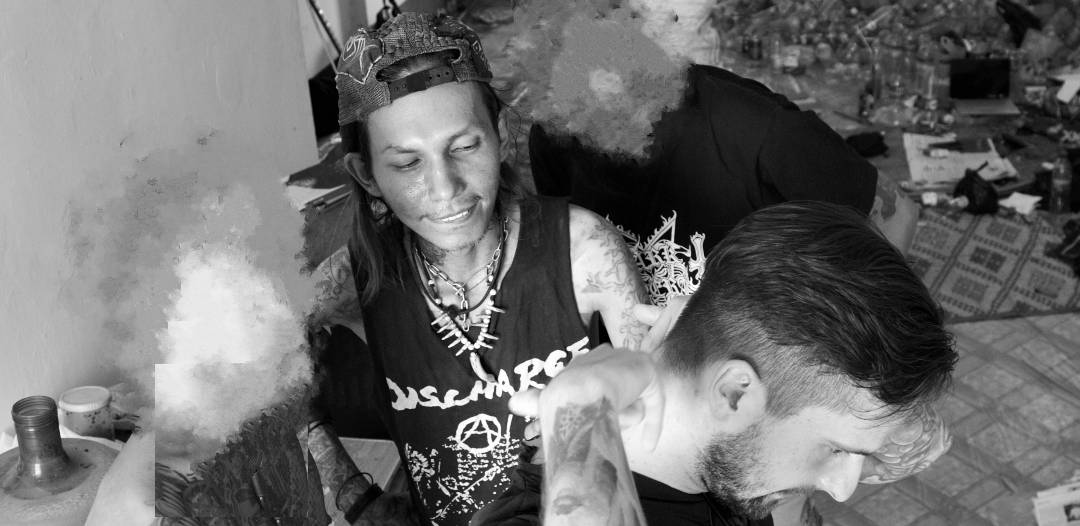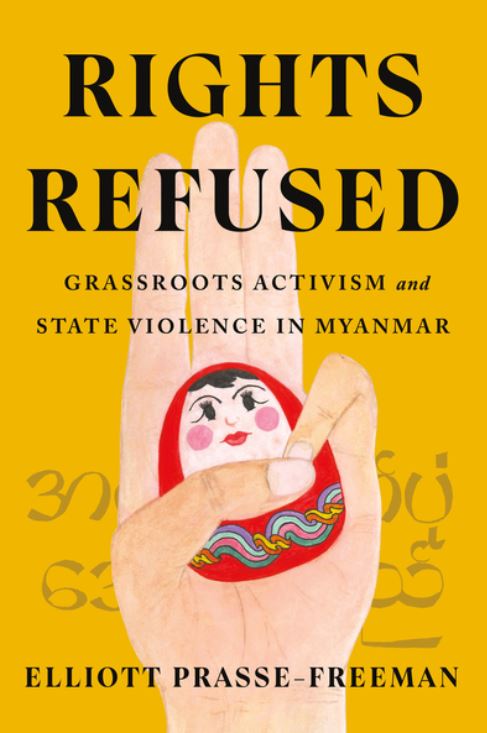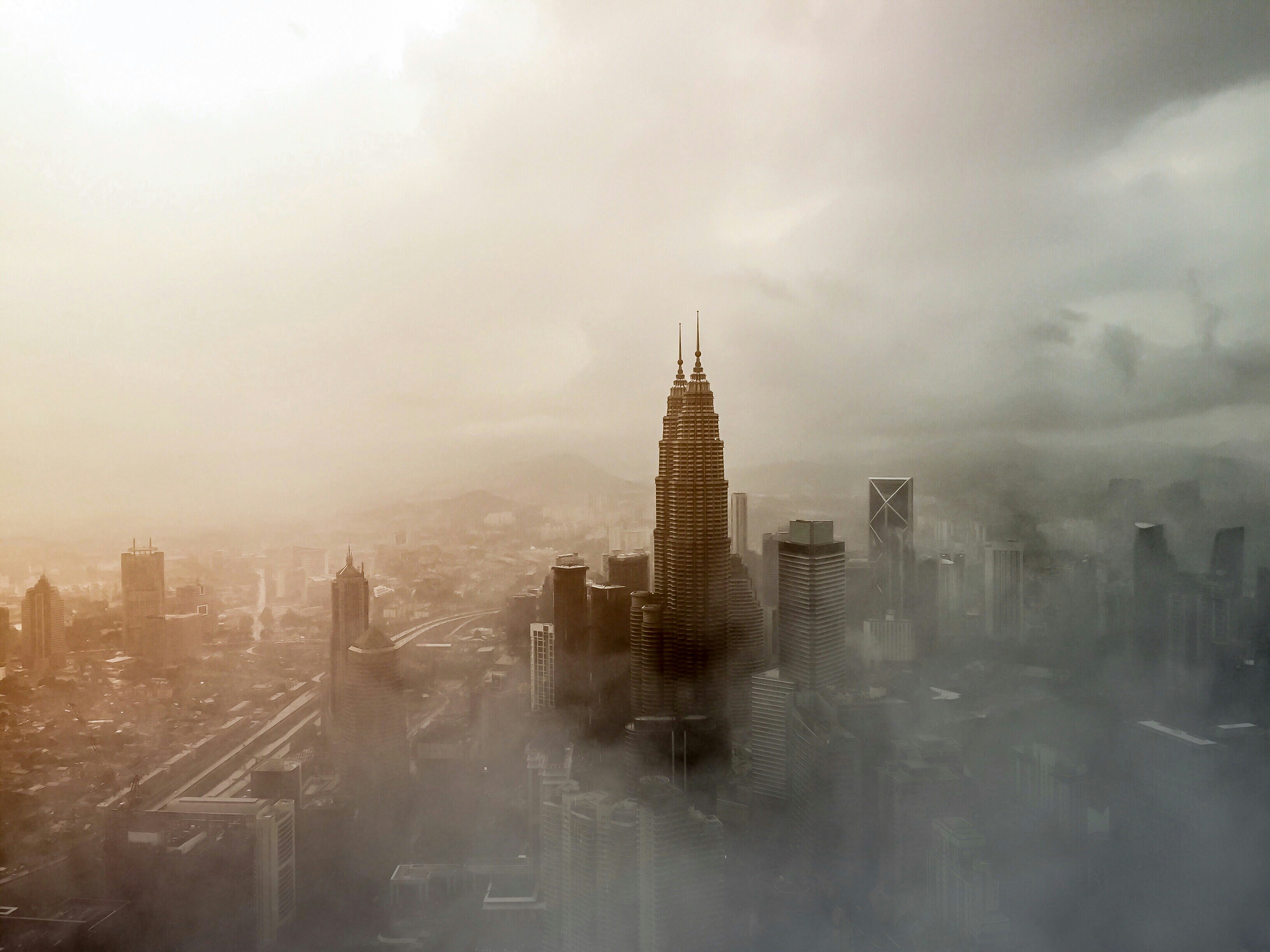The British Museum presented a special exhibition called “Burma to Myanmar”, which explores the complexities of Myanmar’s contemporary art and rich cultural history from the era of dynastic rule through colonialism and military rule. It offers a good start to showcase Myanmar’s art and culture, even if it sometimes feels fleeting, disconnected and dissatisfying, writes Minn Tent Bo
_______________________________________________
The year 2023 was the 75th anniversary of Myanmar (formerly known as Burma)’s independence from British colonial rule. The British Museum presented a special exhibition called “Burma to Myanmar”, which explores the complexities of Myanmar’s contemporary art and rich cultural history from the era of dynastic rule through colonialism and military rule. Both Burma and India played important roles for Britain during the colonial era, but much of their histories are little known in the UK today. Therefore, the exhibition offers a good start to showcase Myanmar’s art and culture, even if it sometimes feels fleeting, disconnected and dissatisfying.
Visitors may have expected to see goods stolen by the British from Myanmar during colonial times at the exhibition because of the history of the British Museum in displaying looted items, for which it has been heavily criticised in recent years. However, the exhibition mostly showcases items which were gifted by precolonial Burmese rulers to the British, and either collected or donated by residents of British Burma (mostly British people) to the museum. Several items at the exhibition are very interesting, for example the ivory chair made for the last Burmese King Thibaw, the old cartoons from the famous artists U Bagale and U Ba Gyan, the front cover of the British Burma Film Pictorial/Magazine, colourful Karen textiles, some currency from the Japanese occupation period, and, last but not least, Shwe-chi-doe (kalaga), a curtain decorated with illustrations from the Ramayana. It is also used as the cover photo on the exhibition’s pamphlets, flyers and other promotion materials. The main highlight of the exhibition for me was seeing old paintings, cartoons, newspapers, advertisements, and films from the colonial era. These are rare pieces that evoke the memory of cartoons by both U Bagale and U Ba Gyan which many Burmese will have seen and enjoyed growing up in Myanmar.
The exhibition itself is good for those who are not very familiar with Myanmar or beginners in Burma studies. However, it is a bit reductive for someone from Myanmar or persons with more knowledge of the country. At times the collection feels disconnected and rushed and struggles to give sufficient coverage to the country’s diverse populations and unique history. The Rohingya get a small – and what feels like a perfunctory – mention, mostly focused on the recent genocide, with little attention to their artistic or cultural history. The Chin people also receive very little mention despite their rich artistic and design history. Admittedly, any exhibition would struggle to capture the full tapestry of the country’s diverse histories and cultures – especially considering that Burma was not in fact a single unified country prior to the arrival of the British and the establishment of colonial rule.
The exhibition highlights Burma’s resource wealth, with displays of jade, gems, and amber and gold artefacts. But it feels devoid of the horrors of Myanmar’s contemporary war economy and indeed its colonial extractive legacies. One of the photos in on the wall reads “today, Myanmar is one of the largest exporters of rare earth – elements needed to make electric vehicles, mobile phones and wind turbines.” It makes no mention of the fact that rare earth mining is entirely illegal in Myanmar and controlled by military-backed militias. These minerals are linked to egregious environmental destruction and smuggled to China to feed the West’s insatiable appetite for technology, while funding human rights abuses and indirectly the country’s ruthless military junta which staged a coup in February 2021 and still controls the country today. Similarly, the exhibit explains that Myanmar produces nearly half of the world’s supply of teak, avoiding mention of the sector’s links to deforestation, conflict, and international sanctions. According to the Environmental Investigation Agency, if deforestation continues at its current rate in Myanmar, all forests will disappear by 2035. While a separate plaque speaks to some of the issues with resource extraction, it feels like an afterthought. It is troubling to see this kind of important information left out of the exhibition.
The exhibition presents Myanmar (and British Burma) under different themes – with sections on early kingdoms, states and networks: expansion and contraction (1500 – 1900), the British colonial period (1826 – 1948), Karen textiles; early synthetic dyeing practices, Myanmar in the Second World War, Thinking about minoritised communities, material culture after independence and modern and contemporary art activism (1948 – present). Each section provides a detailed account of the items showcased at the exhibition. However, the last section on modern and contemporary art activism (1948 – present) could have been fleshed out with much more information and artwork. This part of the exhibition could have received more attention such as art pieces (e.g., poems, drawings, and paintings) from artists/activists who have had to flee the country since the coup and are currently living in exile. This period was marked by a single photo of Daw Aung San Suu Kyi and a voiceless video compilation with footage from the early days of the military coup, which felt like a weak finale to a beautiful exhibition.
A few Burmese researchers also contributed to the exhibition alongside the main curators. It was a powerful experience to see Burmese researchers’ work highlighted on each respective section of the exhibition. It is encouraging indeed to have more Burmese researchers, historians and scholars involved in future exhibitions and upcoming projects. There were no Burmese curators, however. At times the exhibit felt like a story told by westerners and for a “white gaze”. The exhibition undeniably carries the weight of colonial legacy throughout.
Myanmar has a rich cultural and contemporary art history and has its own complexities. Archival and documentation work suffered during the colonial era, with ownership trails and records vanishing as many precious historical items were damaged, displaced or taken. British explorers and soldiers looted and stole various items from Burma at the time and euphemised this act by saying they were “collected”. Therefore, it is also indeed challenging emotionally as a Burmese to see some of the items during the exhibition. Moreover, the term “collected” should also be acknowledged as meaning taken away without the approval of the item’s previous owners. It is a bit strange to see some items showcased at the exhibition listed as “collected” from British Burma during that time. Although in 1964 the British returned more than 140 pieces of Burmese’s royal jewellery which were looted during the annexation of Upper Burma in late 1885, many of the looted items are still in the UK until today.
It is also important to be aware that over 2,000 items from the British Museum were found to be stolen, damaged or missing in August 2023. This revelation raises questions about the responsibilities of the Museum and its safety and integrity:
“The thefts, believed to have spanned over two decades, were only unearthed when an antiquities expert identified items from the museum for sale online. This revelation has raised serious concerns about the institution’s claims of being a trustworthy guardian of the world’s treasures. One academic pointedly remarked on the irony of a global institution failing to protect its treasures, suggesting that its very essence as a safeguard of world heritage is now in question.”
In conclusion, the exhibition is worth a visit to get a sense of Myanmar’s (Burma’s) cultural and art history – if less so its politics and people. The exhibition is well organised, and the curators seemed to work at their best within the limited resources they had. It presents and explains display items in impressive detail. The exhibition is a nice presentation of Myanmar for the Western gaze, and it was well received. However, you may not be as impressed if you are a Burmese or a person deeply familiar with Myanmar’s culture and history. At least the exhibition spotlights Myanmar to an unfamiliar audience and gives us Burmese scholars something to debate. I hope to see more exhibitions like this in the future. The exhibition runs from 2 November 2023 until 11 February 2024. Huge thank you to the curators and the British Museum for the exhibition. My heartfelt thanks also go to LSE Southeast Asia Centre for the tickets to the exhibition.
______________________________________________
*Banner photo taken from The British Museum.
*The views expressed in the blog are those of the authors alone. They do not reflect the position of the Saw Swee Hock Southeast Asia Centre, nor that of the London School of Economics and Political Science.





